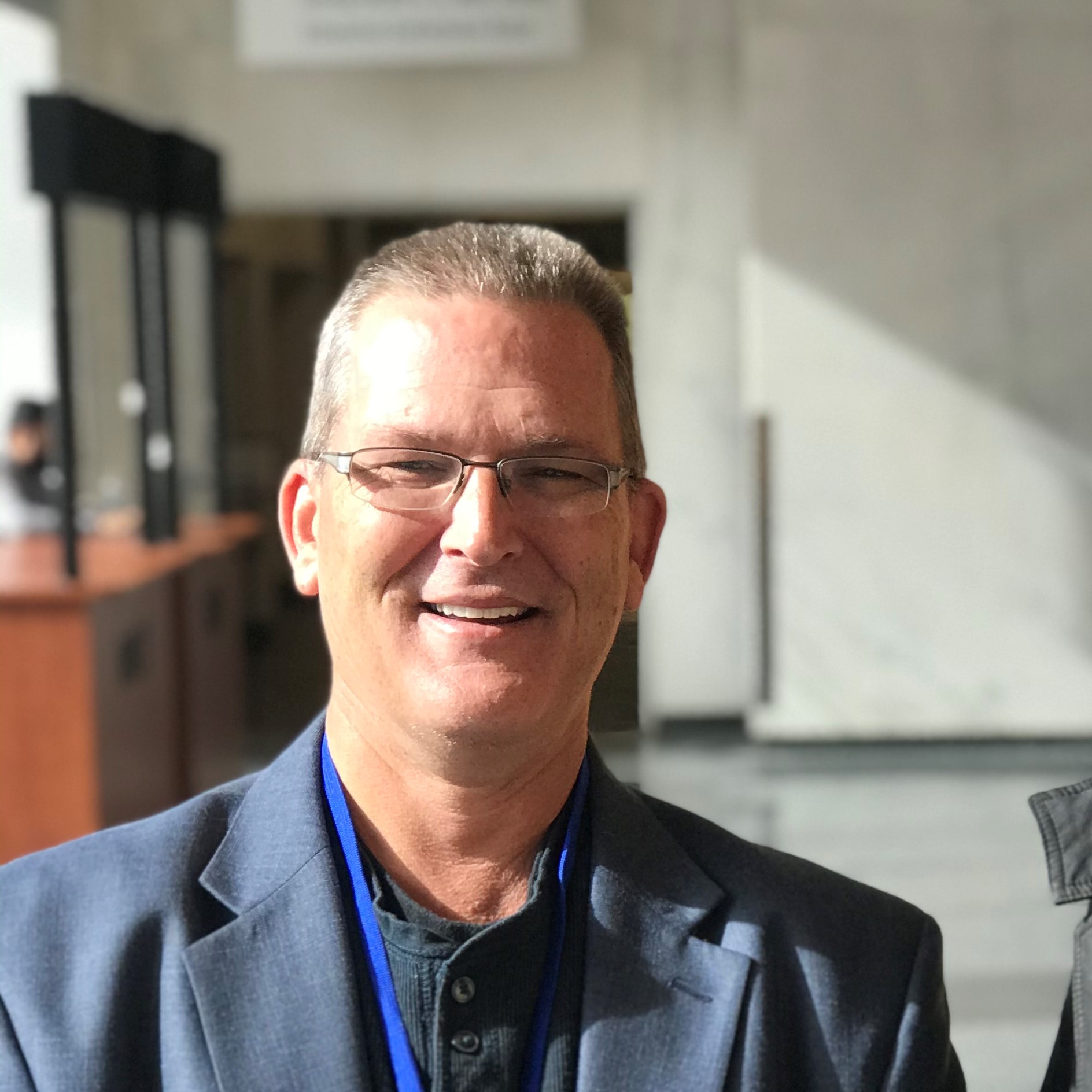The Future of Emergency Management: A Passion for Improving the Human by Working with Social Media

Lane Capps
2021/04/28

Sustain. Command. Control. Emergency management is centered around these three words. Regardless of the type of disaster or decade, these three words are essential to deal with emergencies in an effective and efficient way. However, as technology use expands, the way we apply these tenets have changed drastically. Since the dot com boom, the way we communicate on a daily basis has changed immensely. The emergence of social media has made it easier than ever to share your thoughts or feelings. This change in communication has created an opportunity for emergency management.
Emergency management now has the ability to use citizen-generated data to inform and guide their operational approach to crises. For example, an emergency response team could read the tweets regarding an earthquake and see where the community has been hit the hardest. With this gained knowledge from social media, they can now set their plan of search and rescue accordingly. Another opportunity for emergency managers is the flexibility social media provides them to craft narratives that best suit their community and use their local knowledge to better understand community concerns posted online. For example, by analyzing people’s concerns on Reddit regarding a potential flood, emergency responders can create a public statement that addresses potential issues of evacuation before the flood occurs.
I spoke with Steve Peterson to learn more about his impressive experience with social media use in disasters, emergencies, and crises, and the future of emergency management in the age of social media. Steve Peterson is an expert about how social media is a valuable tool for emergency responders. He has an expansive background working in information technology (IT) and applying the latest technologies to the emergency management field. For example, early in his career he worked on a Capital Wireless Information project at the University of Maryland in which he helped deploy mobile data sets across the U.S. National Capital Region to various public safety agencies to enhance timely communication. Of course, this was well before the age of social media and personal computers, but even then, the impact of the project saved lives.
Now, Steve works for the National Institutes of Health in DC as a certified emergency manager, where he travels the world and talks about the values of mining social media to inform emergency management operations. Steve is very involved with the Montgomery County CERT, even serving as president for a period. During his time with the CERT, Steve helped implement virtual emergency response teams (VERTs) that help capture and analyze the information generated on social media for emergency responders. The VERT has been a wonderful example of how people can mine social media to assist with emergency management, and has served as a great resource for academia to study the implications of these new collaborative practices. Steve works hand-in-hand with members of academia to research and demonstrate the importance of social media for crisis situations. For example, he was very involved in Dr. Stephens’ NSF Hurricane project, and he is currently working with Dr. Stephens and collaborators at George Mason University, Virginia Tech, and Brigham Young University on the NSF CIVIC project. Within their work, they created a methodological framework that walks emergency response organizations through incorporating volunteers to finding meaningful data on social media.
Steve’s work has shown us that the future of emergency management is bright, with lots of opportunities and knowledge to be gained by using social media for good. Even the lack of social media content following disasters can serve as a tool for emergency management. Steve calls this, “no information is information”. For example, if an area within the community that routinely communicates on social media has not posted anything for an extended period of time, first responders can use this information as an indication the disaster may have severely damaged the area and decide to deploy resources to investigate.
Of course, there is still a lot to be learned around how to properly analyze and use the citizen-generated data available to first responders via social media. The future of emergency management will be guided by technological abilities and effective communication using these new technologies. Here at OPTIC lab, we are proud to be on the forefront of this research, doing projects that work with knowledgeable practitioners, such as Steve Peterson. We look forward to seeing where the field of emergency management goes, and plan to continue sharing our findings along the way.